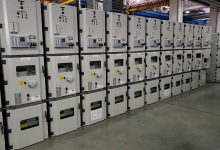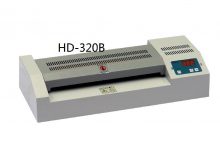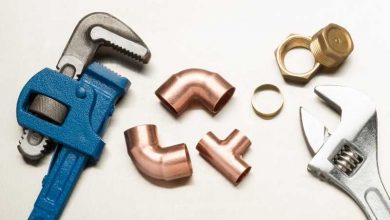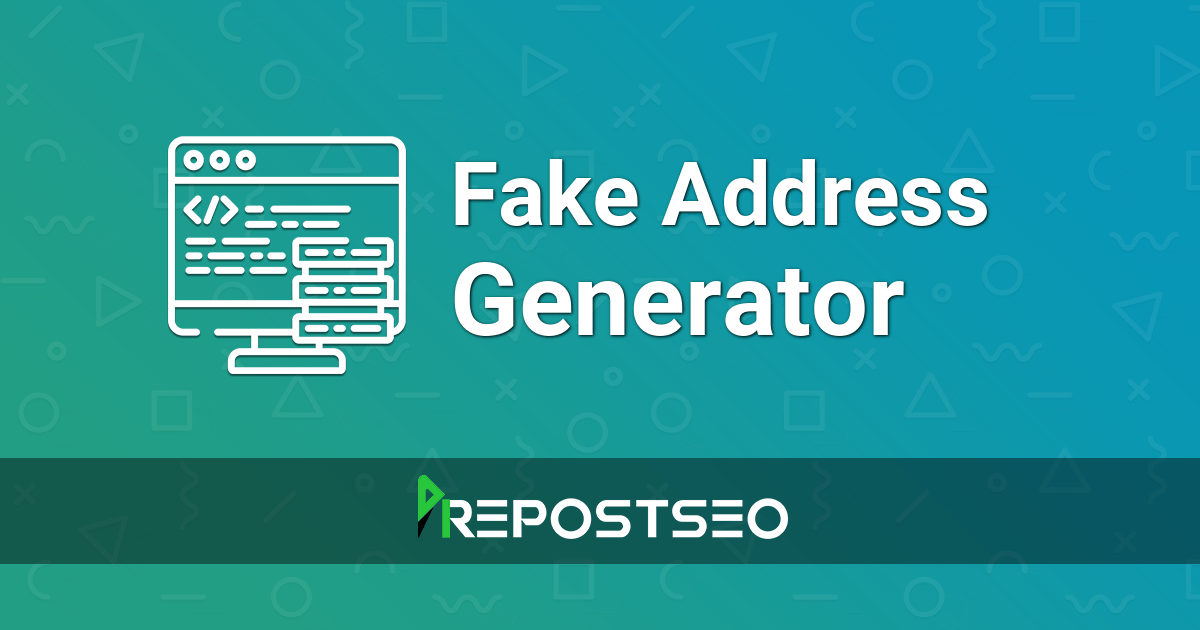All About Medium Voltage Installation

Index Of The Blog
We’ve become used to thinking of energy as a service that is provided to our house or place of business. And that is the right viewpoint. Similar to how water and natural gas are transferred and distributed for public use, so is electrical power. Similar to how pressure (or the difference in pressure between two locations) moves liquids and gas, voltage “moves” electrical current. Before being made available to end customers, electrical power must undergo a number of adjustments.
Medium-voltage power distribution makes more efficient and responsible use of electricity via the use of smart grids. An integrated approach to medium-voltage power distribution is necessary for energy-efficient buildings, infrastructure, and industrial electrical box usage, as well as for green cities, high supply reliability, and other factors. The components of a medium voltage system and the benefits and drawbacks of medium voltage are thoroughly examined in this article.
Medium Voltage: What Is It?
Medium voltage is a typical term for the 100,000V range (MV). Even though the majority of equipment has a maximum rating of 38 kV, this includes systems with voltages as low as 4160 V and as high as 69 kV. Many manufacturers of electrical switchgear provide MV that can tolerate high voltage.
Although owning your own medium voltage distribution or loop system has its own challenges, it also gives you more tools with which to address problems on the low voltage system. An electrical installation is connected to an MV utility distribution network via a specialized MV substation, sometimes known as “The main substation.” Depending on their size and other specified requirements, mostly linked to the loads, additional substations classified as “Secondary substations” may be included in the project (Rated voltage, number, power, location, etc).
The history of the medium voltage system.
Until recently, the only places where you could find electrical power distribution equipment with a rating of exceeding 600 volts were utility networks and large industrial locations. In utility systems, the utility owns and manages the electricity system. The components of this system include producing at a distance, high-voltage transmission lines, and high-voltage distribution lines that end at a transformer and provide premises wire at voltages lower than 600 volts.
In the past, specialists experienced in the design, installation, and management of such systems exceeding 600 volts oversaw facilities with such systems. One installation task that requires a high degree of experience is handling, splicing, and terminating wires. Because it was such a specialist field, many manufacturers of electrical enclosures tended to steer clear of it and instead subcontracted it to other businesses with similar expertise.
Since then, a lot has changed. Manufacturers of medium voltage switchgear (typically in the 5 kV to 15 kV range) provide hospitals, wastewater treatment plants, retail malls, assisted living communities, and schools (including primary schools), all of which take advantage of utility prices at main metering.
Power Levels.
There are several reasons to choose one voltage level over another for electrical transmission. Cost is a crucial consideration. Higher voltage necessitates less copper for wiring but more money for electrical equipment, so it’s a balancing act. Another aspect is the length of the lines. Longer power lines make sense with higher voltages, but wider wire spacing is a trade-off.
Existing transmission lines in the region often have an impact on the choice. Even though the initial expenses are greater, using the same voltage system makes linking several lines into a grid simpler, which might make a given voltage level more desirable.
Medium Voltage: Pros and Cons.
Compared to LV distribution systems, MV distribution systems provide a number of benefits, but they also have significant disadvantages. Cost and safety must be given top priority while making the choice, which must be the result of careful deliberation.
The benefits of MV systems include lower power losses, a lower voltage drop, and the use of much less copper in the form of smaller conductors and fewer sets of conductors. The power capacity applied to the load is much higher. The downsides of MV systems include larger equipment sizes, greater working clearances required around electrical equipment, higher training expenses, and longer maintenance intervals for equipment repair.
Despite these advantages and disadvantages, distribution at LV is sometimes impractical; in these cases, MV distribution is used. When this occurs, it is important to emphasize the employees’ safety by creating thorough MV equipment maintenance protocols. Consideration should also be given to the security of non-maintenance staff.
Final thoughts
In conclusion, hitherto untouched markets are seeing an increase in the use of medium-voltage and high-voltage systems. Get in touch with the nearby medium voltage services to get any of them installed.












